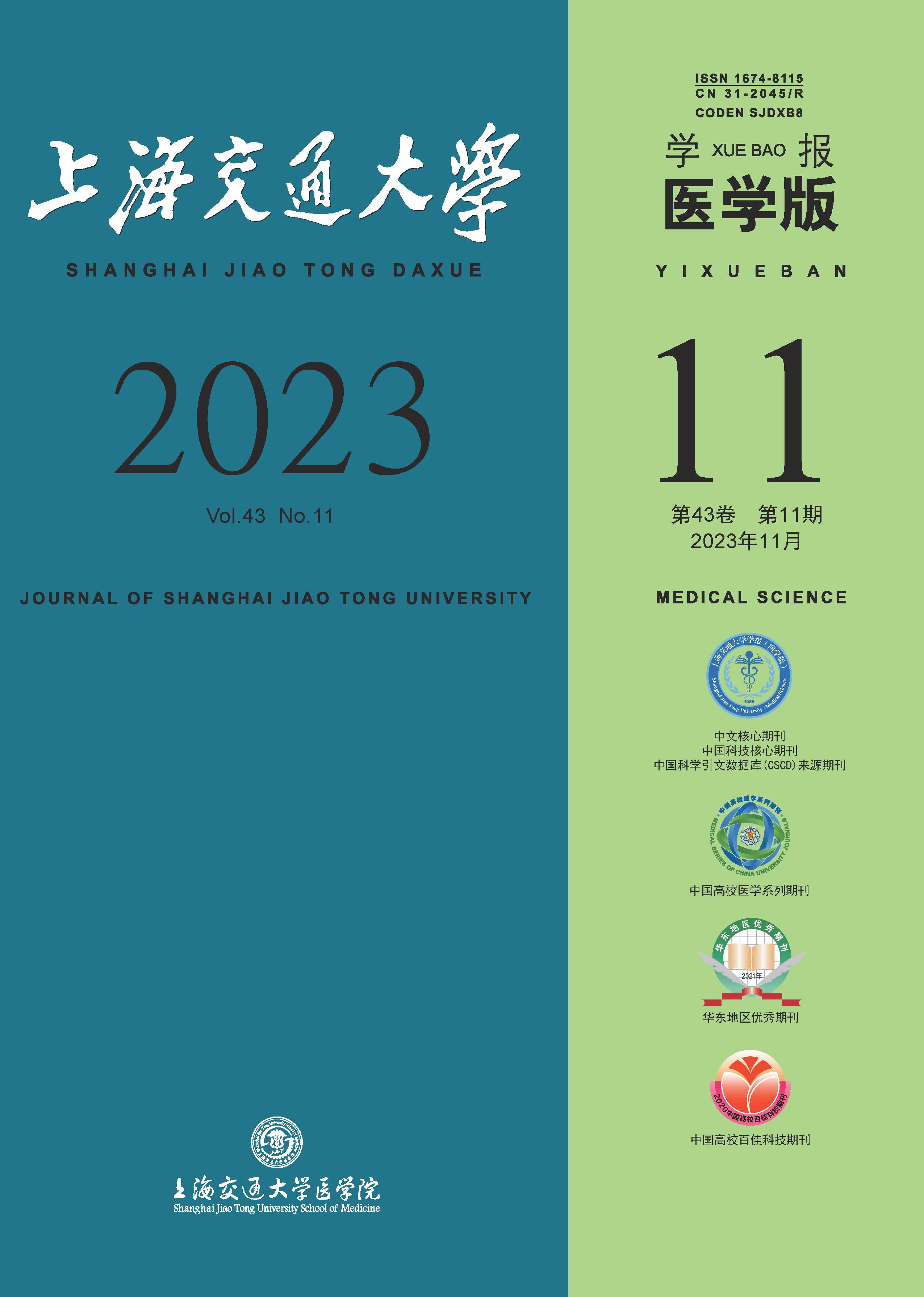Objective ·To explore the mechanism of changes in resistance to meropenem (MEM), a carbapenem drug, in Acinetobacter baumannii (A. baumannii) cultured in different antibiotic concentrations. Methods ·Through changing the MEM concentration and other culture conditions of the standard sensitive strain of A. baumannii ATCC19606 and the clinical drug-resistant strain AB.2014, the derived strains with different levels of MEM-resistance were induced. The growth curves of all the stains were detected. DNA and RNA of them were extracted. PCR was used to analyze the expression of carbapenemase genes, including IMI, KPC, GES-1, IMP, VIM, NDM-1, OXA23, OXA24, OXA51, and OXA58. Real-time fluorescent quantitative PCR (RT-qPCR) was used to analyze the expression levels of the carbapenemase gene (OXA51), efflux pump genes (adeB, adeG, and adeJ), pore protein genes (carO, omp33-36, and oprC)and the penicillin-binding protein gene (ponA)in the A. baumannii strains with different resistance to MEM, of which the differential gene enrichment was also detected by whole genome sequencing and bioinformatics tools. Results ·The 11 derived strains of ATCC19606 and AB.2014 with different levels of resistance to MEM were obtained, of which the minimum inhibitory concentrations (MIC) were 1?128 μg/mL. The growth rates and peak values of ATCC19606 and its derivatives decreased with the increase of drug resistance, but AB.2014 and its derivatives did not show this trend. ATCC19606 and its derived strains expressed 3 carbapenemase genes, i.e., OXA51, VIM and IMP, while AB.2014 and most of its derived strains expressed 4 carbapenemase genes, i.e., OXA23, OXA51, VIM and IMP, with only one sensitized derivative of AB.2014 losing OXA23 gene. RT-qPCR results showed that only in ATCC19606 and its drug-resistant derivatives, the expression level of oprC gene decreased with the increase of drug resistance, and the expression levels of most drug-resistant genes were consistent with the changes of drug resistance levels of the strains. Bioinformatics analysis indicated that the differential genes among different ATCC19606 strains were mainly enriched in the siderophore uptake transmembrane transporter activity, cell outer membrane, bacterial secretion system and quorum sensing, while those among AB.2014 strains were mainly enriched in cell outer membrane, cellular response to chemical stimulus, atrazine degradation and RNA polymerase. Conclusion ·The environmental pressure from carbapenems will cause the change of drug resistance of A. baumannii with the involvement of the genes of carbapenemases, efflux pumps, pore proteins and penicillin-binding proteins. The loss of carbapenemase gene OXA23 may lead to the desensitization of drug-resistant A. baumannii strains to carbapenems.

